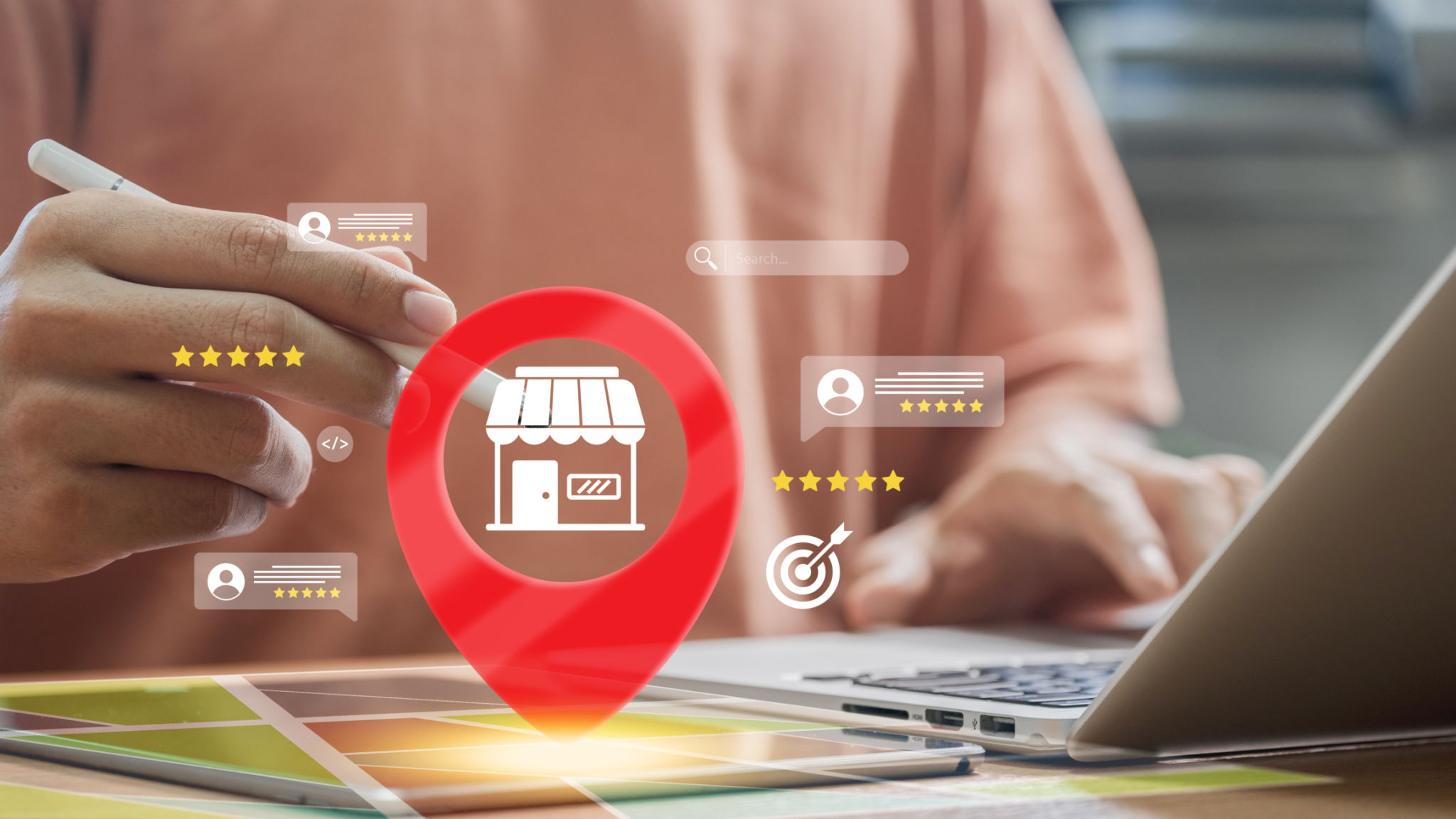Common Misconceptions About Community Reporting Platforms: Debunking the Myths
Understanding Community Reporting Platforms
Community reporting platforms are digital tools designed to empower citizens by enabling them to report local issues and contribute to improving their surroundings. Despite their growing popularity, several misconceptions persist about these platforms. It's essential to address these myths to help communities fully leverage their power.

Myth 1: Community Reporting Platforms Are Not Secure
A common concern is the security of these platforms. Many users worry about data breaches or unauthorized access to their reports. However, modern community reporting platforms prioritize security by implementing robust encryption measures and adhering to strict data protection regulations. Users can rest assured that their personal information and reports are safe.
Furthermore, platform developers continuously update security protocols to counter emerging threats, ensuring that user data remains protected at all times. This commitment to security helps build trust among community members and encourages wider participation.
Myth 2: Only Tech-Savvy Individuals Can Use Them
Another misconception is that these platforms are too complex for the average person to use. In reality, most community reporting platforms are designed with user-friendliness in mind. They feature intuitive interfaces that allow users of all ages and technical abilities to easily navigate and report issues.

Many platforms also offer multilingual support and accessible features, ensuring inclusivity for diverse communities. These efforts make it possible for everyone, from teenagers to senior citizens, to engage in community reporting without feeling overwhelmed or intimidated.
Myth 3: Reports Made on These Platforms Are Ignored
Some people believe that reports submitted through community reporting platforms go unnoticed or are not acted upon by authorities. While response times can vary depending on the nature of the issue and the capacity of local authorities, most platforms ensure that reports are routed to the appropriate departments for action.
Moreover, many platforms provide users with status updates on their reports, offering transparency and accountability. This feedback loop reassures users that their contributions are valued and that they play a crucial role in community development.

Myth 4: They Are Only Useful for Reporting Minor Issues
Community reporting platforms are often perceived as tools for addressing minor local issues, such as potholes or streetlight outages. However, they can be instrumental in tackling more significant challenges like environmental hazards, public safety concerns, and urban planning initiatives.
By encouraging collective action and collaboration among community members, these platforms can lead to substantial positive changes. They provide a space for citizens to voice their concerns, share ideas, and work together toward common goals.
The Benefits of Dispelling Myths
Understanding and debunking these misconceptions is crucial for the successful adoption and utilization of community reporting platforms. By increasing awareness of their true capabilities, communities can harness these tools to enhance civic participation, improve local governance, and create more resilient societies.
Ultimately, embracing community reporting platforms as valuable resources empowers individuals to take an active role in shaping their environments, leading to more responsive and dynamic communities.